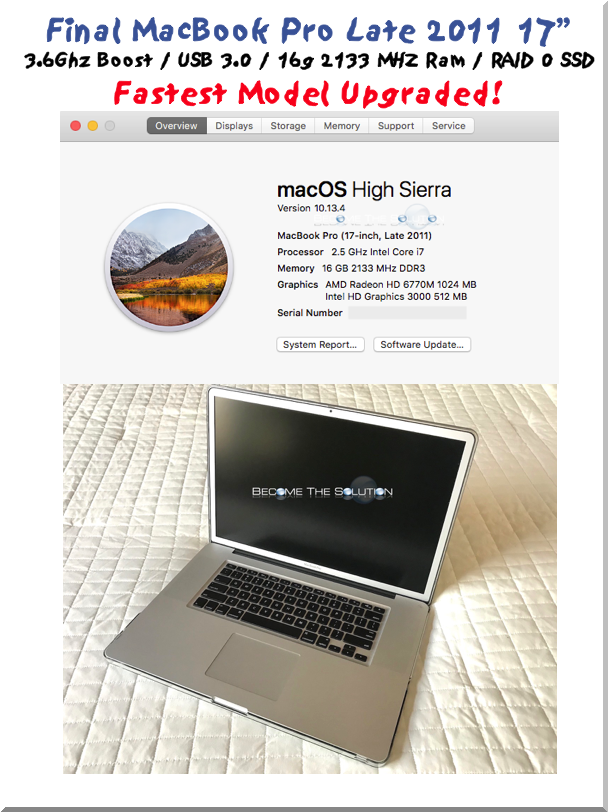
The important thing to remember: If you can see the SSD, erase the SSD, and transfer data to the drive outside of your MacBook Pro, or with it in another system, your SSD is most likely functional. For this reason, if your old disk drive (or even a different SSD) is working fine on a cable, it doesn’t necessarily rule the cable out as a problem.

An older, slower HDD uses only a fraction of this bandwidth and can be more resilient to these problems. These problems tend to be more prevalent with fast SSDs because they are utilizing 100% of the bandwidth on that cable. Over time, it’s possible for this cable to exhibit issues that interfere with the operation of the drive. Be aware that hardware tests can fail running tests on healthy drives when they are behind a faulty ribbon cable, which is another important reason for testing externally.Ī potential problem with MacBook Pro systems has to do with the black ribbon cable that connects to the internal drive.

However, if the system runs into problems after installing the drive, it is a potential hardware problem inside the MacBook Pro – possibly a malfunctioning ribbon cable or a logic board problem.Īnother thing to consider is running Apple Hardware Test to see if it can catch any apparent memory problems or other issues. If testing outside the MacBook Pro looks positive, you can install the drive back into the MacBook Pro to see what happens. If you can erase your SSD externally and install OS X to the drive, the SSD is functioning normally. If you are having problems booting to the SSD externally, or haven’t installed OS X to the drive, you will now want to follow the steps for erasing your SSD, then proceed with reinstalling the operating system.

Bear in mind that the SSD might be slower because it’s now working through the USB interface, but you should be able to have your desktop load and use any software you have on the drive. By selecting the SSD and pressing Enter, you can test the drive to see how it responds. If you already have OS X® installed to the drive, this will bring up Startup Manager and you can select the SSD (now an external USB drive) as your boot device. When the drive is removed, you will want to connect it with some sort of external drive enclosure, or a USB to 2.5-inch drive adapter cable like this one available at .Īfter the SSD is physically connected externally to the Macbook Pro, you can hold the OPTION key down while turning the system on. You can use one of our install documents on our Mac SSD support page. When removing your SSD, make sure to follow appropriate install guides. Please note that even though your old drive, or a different drive, might not be exhibiting any issues inside the MacBook Pro, this doesn’t rule out a potential hardware issue inside the system.

An important step for isolating the source of your problems is to physically remove the drive from the MacBook Pro to rule out any potential internal issues in the computer itself.


 0 kommentar(er)
0 kommentar(er)
